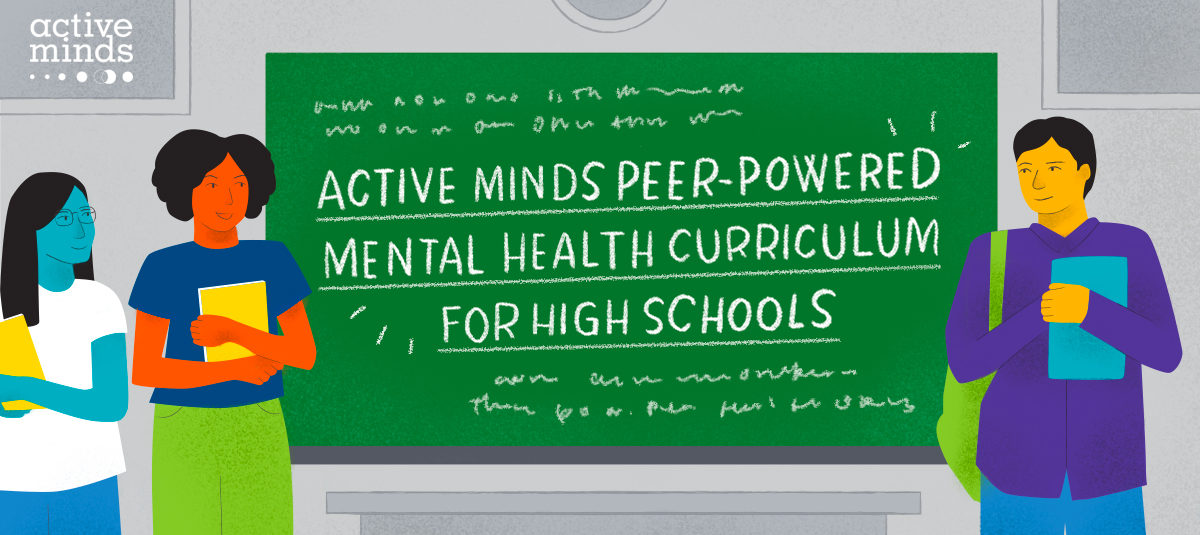With increasing urgency over the last few years, educators, school administrators, and even researchers have taken a deeper dive into what equity and inclusion truly looks like within the education system, specifically as it relates to the creation of school policies, initiatives, and programs that take place at the district level and within the walls of the schools. The intention behind the creation of these strategies is to focus on correcting inequities like educational achievement gaps, school-to-prison pipelines, and the exclusion of the cultural histories of Black, Indigenous, and People of Color (BIPOC) and lesbian, gay, bisexual, transgender, and queer (LGBTQ+) youth from the learning experience. These inequities have real impacts, including on the mental health of students at school.
The degradation of student mental health due in part to inequities and lack of resources in our school systems has real consequences. One in six youth between the ages of 6-17 experience a mental health disorder each year and half of students have reported feeling depressed or anxious during the Covid-19 pandemic. Suicide is the third leading cause of death among youth ages 15-19, and for ages 10-14, it is the second leading cause. BIPOC and LGBTQ+ youth also report suicide rates significantly higher than that of their peers. Though school administrations throughout the nation have started to implement action plans to improve the quality of learning for their students, such as changing the hiring policies to ensure that more BIPOC teachers are hired, creating DEI-focused professional development initiatives for teachers, and centering the mental health of students with the creation of social-emotional programs, there is still a long road ahead. Unfortunately, despite these strides, one of the most effective strategies for closing these gaps remains underutilized: the voice of our students.
The youth voice is extremely powerful and often overlooked when schools talk about the needs of their students. But guess what? Youth are talking and telling us what they need. And they are asking for:
- Accurate and accessible information about mental health.
- More platforms to talk about mental health amongst each other.
- Greater access to supportive adults with knowledge about mental health.
When youth are empowered by adults who support and listen to their needs, they flourish. Innovative school-based programs can give students access to the resources that they are requesting.
Active Minds recognizes the power of the student voice and we are taking action to help schools protect our youth and their mental health. We have committed to bringing our proven peer-to-peer mental health model to 1,000 previously unreached K-12 schools in 1,000 days. Schools can get involved by:
- Helping their students to start an Active Minds chapter,
- Using our free peer-to-peer high school mental health curriculum, or
- Bringing one of our engaging and encouraging speakers in to talk to students about mental health education.
When youth are brought to the table and asked to contribute, the results end in advocacy and movements that change entire communities for the better.
Mental health issues among youth are rising and we have to respond with solutions that are equitable, effective, and specific to the needs of students. Our schools have to remember that the youth voice is the most powerful resource that we have access to, so let’s use it!




